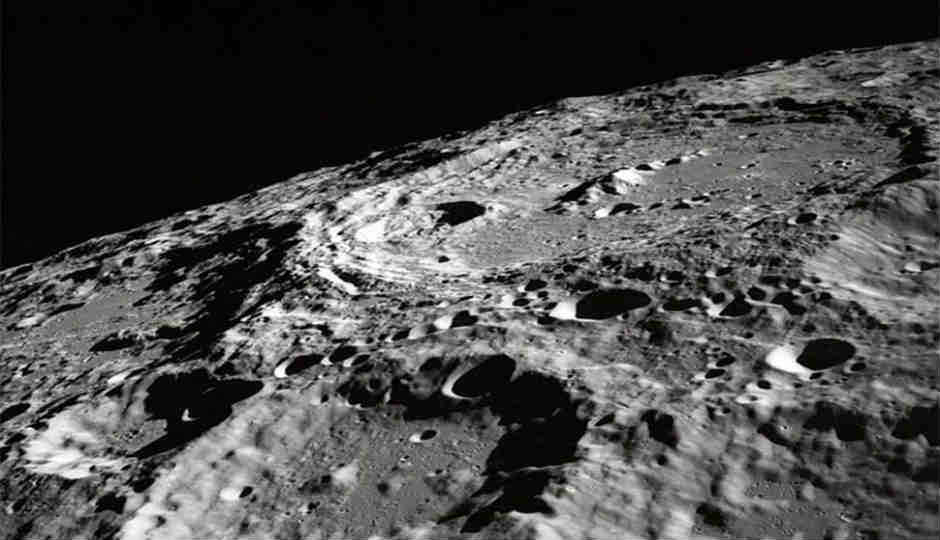China readies to launch first mission to the far side of the Moon

No space agency has yet launched a mission to land on the far side of the moon, but China is set to change that with its Chang'e 4 mission, slated to launch on December 7, 2018
China is gearing up for its next mission to the Moon, one where the country will launch a probe that will land on the far side of the Moon. The mission is slated to take off on Friday. This is the first-ever mission to the far side of the Moon and could result in a treasure trove of new knowledge about the lunar surface.
The mission is to have the lander and rover of the Chang’e 4 land in the Moon’s South Pole-Aitken basin to study the surface and sub-surface structure within the rover’s travel path. Landing in the Von Kármán Crater, the Chang’e lander and rover are carrying a plethora of scientific equipment. The primary objective of the mission is to conduct a low-frequency radio-astronomical study of the lunar surface. The far side of the Moon is always facing away from the Earth, meaning it has been shielded from the interference due to Earth’s Ionosphere and any man-made radio frequency. This means that the nature of the far side of the moon could offer a completely different data set with regards to its composition. This is why the mission also aims to study the mineralogical and topographical composition of the surface.
In order to achieve its mission objectives, the Chang’e will utilise a host of scientific equipment. The Chang'e 4 lander is equipped with a Landing Camera (LCAM), a Terrain Camera (TCAM), a Low-Frequency Spectrometer (LFS). It also carries the Lunar Lander Neutrons and Dosimetry (LND) which was provided by Germany. The rover too has a number of instruments on board. It will carry a Panoramic Camera (PCAM), a Lunar Penetrating Radar (LPR), a Visible and Near-Infrared Imaging Spectrometer (VNIS), and an Advanced Small Analyzer for Neutrals (ASAN), which was provided by Sweden. While all equipment has been inherited from previous missions, the Low-Frequency Spectrometer was specially developed indigenously for the Chang’e 4 mission.
Lastly, the mission will also carry a biological payload; a 3-kilogram tin made from special aluminium alloy materials that will contain potato seeds and Arabidopsis, a small flowering plant related to cabbage and mustard. It may also tote silkworm eggs.
Digit NewsDesk
Digit News Desk writes news stories across a range of topics. Getting you news updates on the latest in the world of tech. View Full Profile





